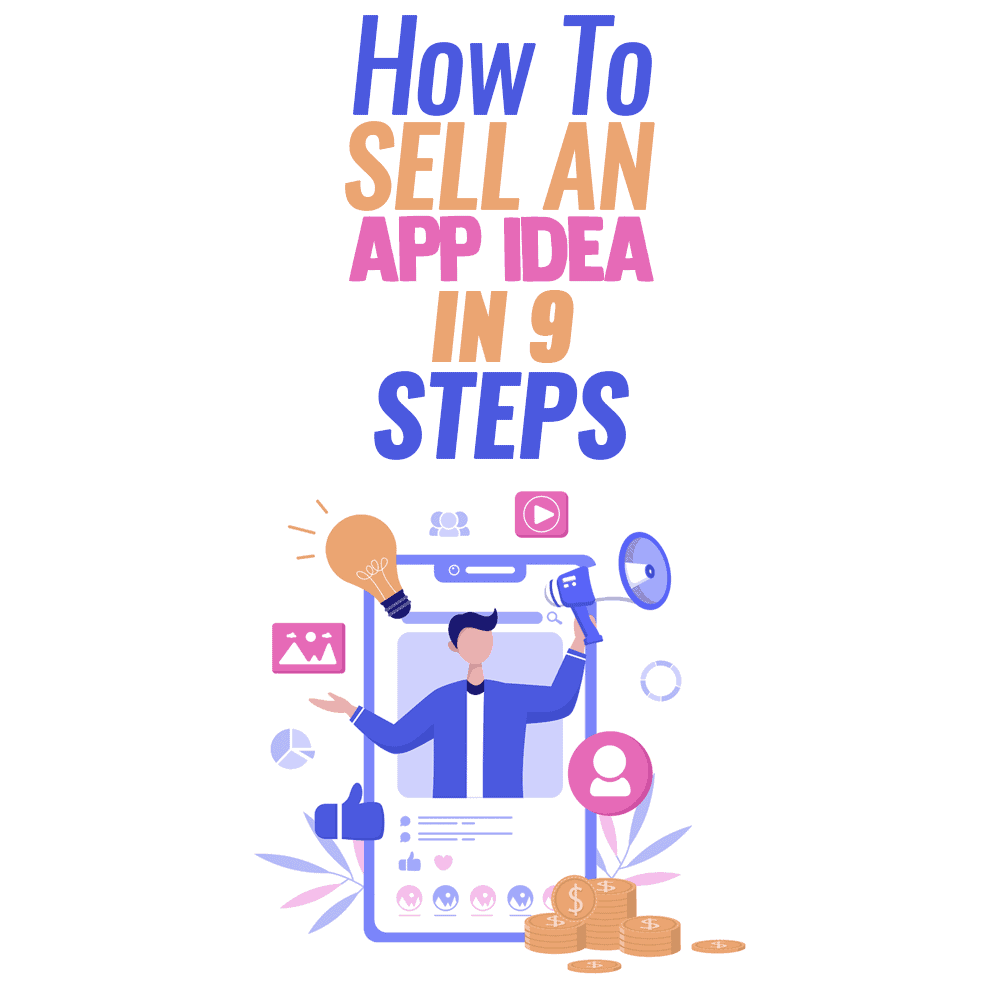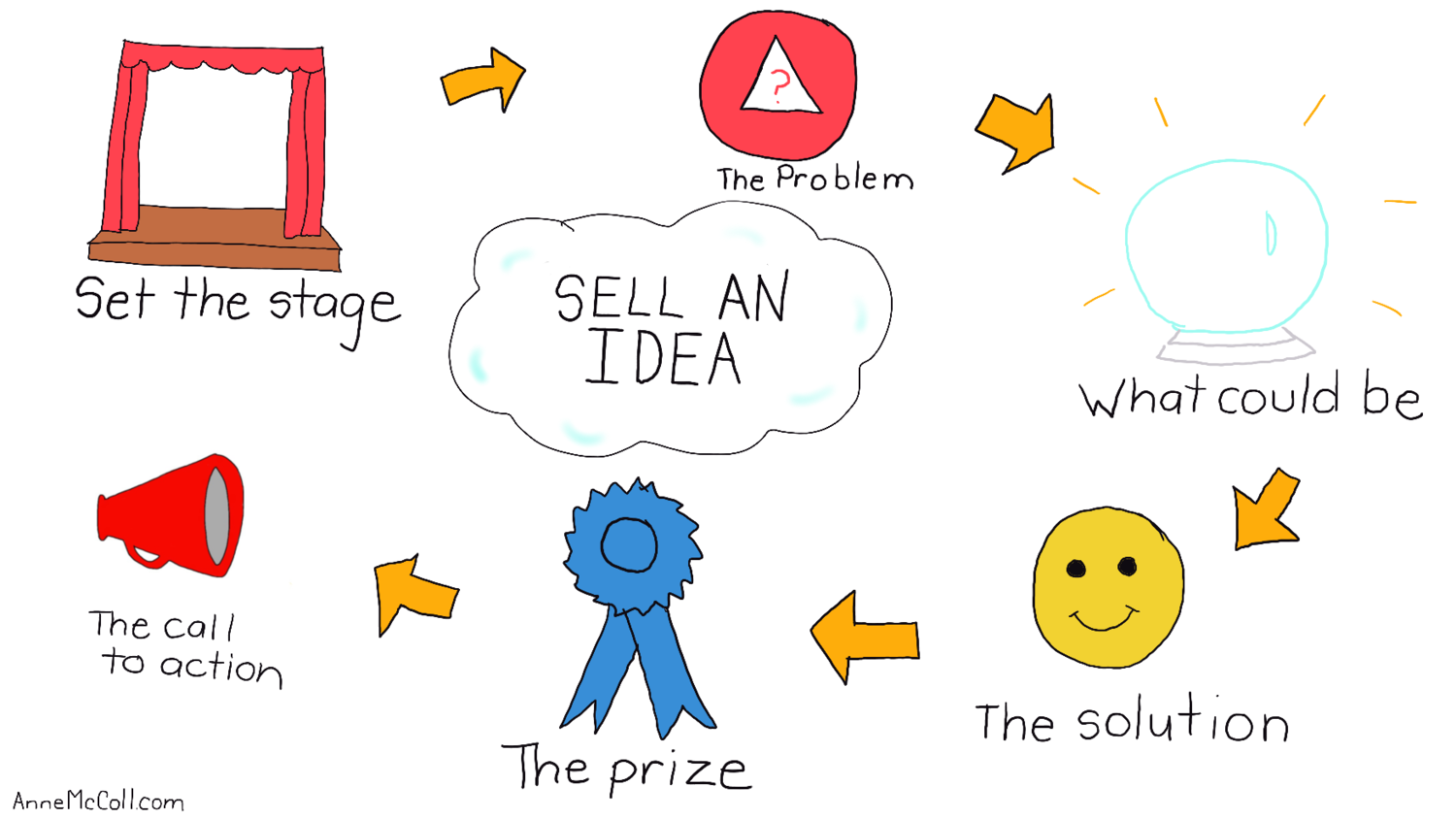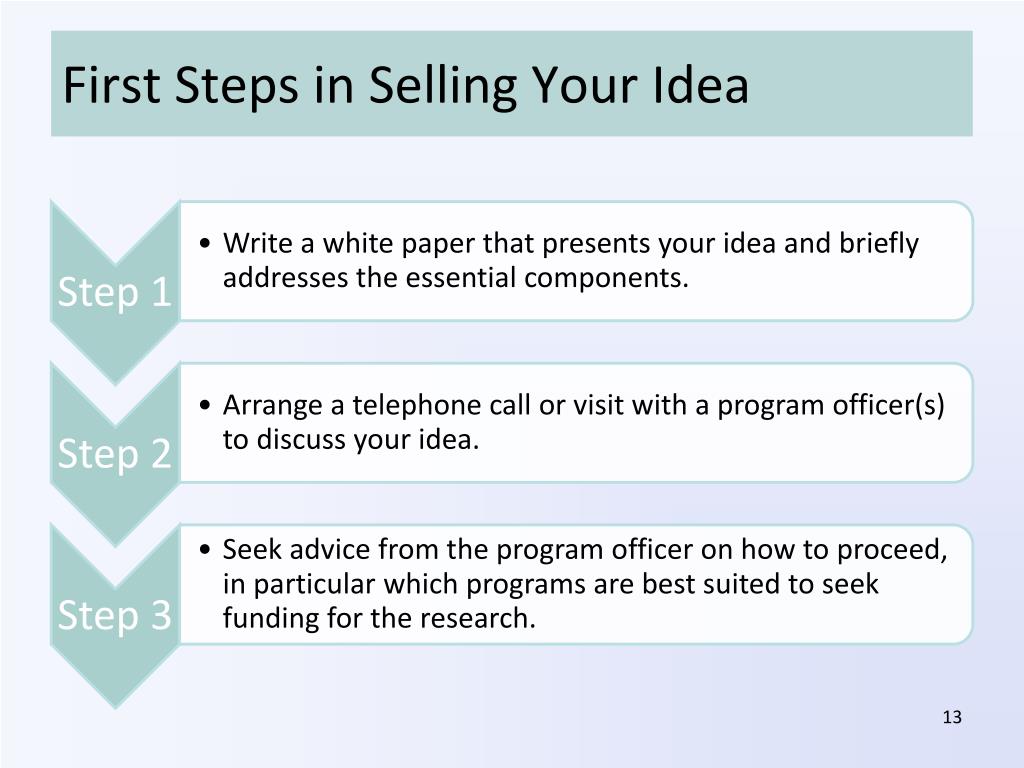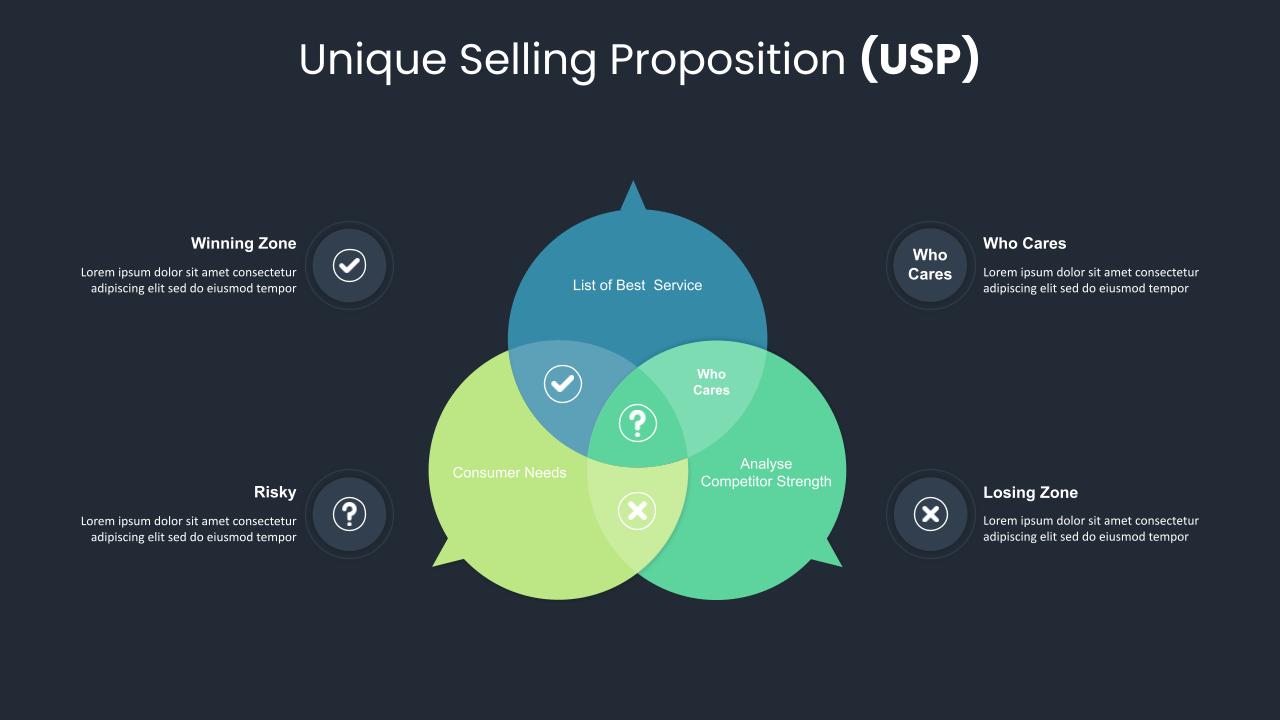How To Sell An Idea To A Tech Company

In the fiercely competitive realm of tech innovation, the ability to translate a groundbreaking idea into a tangible product or service can be the difference between obscurity and industry disruption. But how does one navigate the complex labyrinth of a tech company to successfully pitch, and ultimately sell, their vision? The path is fraught with challenges, demanding meticulous preparation, strategic networking, and a keen understanding of the specific company's needs and priorities.
This article dissects the essential strategies for effectively presenting an idea to a tech company, drawing on expert insights and real-world examples. The goal is to provide a roadmap for aspiring innovators, empowering them to turn their concepts into impactful realities.
Understanding the Landscape
Before approaching any tech company, thorough research is paramount. Identify the company's core business, recent investments, and future strategic directions. A deep understanding of their existing product ecosystem and market positioning will allow you to tailor your pitch to resonate with their specific interests.
Many tech firms, especially larger ones, have dedicated departments or individuals responsible for evaluating external ideas and partnerships. Finding the right contact point can significantly increase your chances of being heard.
Identify the Right Contact
Navigating the corporate hierarchy can be tricky. Leverage professional networking platforms like LinkedIn to identify individuals in relevant roles, such as product managers, innovation directors, or venture capital arms affiliated with the company.
A well-crafted introductory email, briefly outlining your idea and its potential benefits for the company, can be an effective way to initiate contact. Personalized outreach demonstrates genuine interest and increases the likelihood of a response.
Prepare a Compelling Pitch
Your pitch is your opportunity to make a lasting impression. Craft a concise and engaging presentation that clearly articulates the problem your idea solves, the proposed solution, and its potential market impact. Use data to back up your claims.
Highlight the unique value proposition of your idea and how it differentiates itself from existing solutions. Quantify the potential return on investment (ROI) for the company, demonstrating the financial viability of your concept.
Crafting Your Presentation
A strong presentation is crucial. Focus on clarity, brevity, and impact.
Problem: Clearly define the problem you're addressing. Is it a gap in the market, an unmet customer need, or an inefficiency in an existing process?
Solution: Explain your proposed solution in a way that is easy to understand, even for those unfamiliar with the technical details.
Market: Demonstrate a clear understanding of the target market, its size, and potential for growth. Back up your claims with market research and data.
Include a clear explanation of the business model, including revenue projections and cost estimates. Be prepared to answer questions about the competitive landscape and potential challenges.
Intellectual Property Considerations
Protecting your intellectual property (IP) is critical. Before sharing sensitive details about your idea, consider filing a patent application or taking other measures to safeguard your rights.
Nondisclosure agreements (NDAs) can provide a legal framework for confidential discussions with the tech company. However, be aware that some companies may be reluctant to sign NDAs before evaluating the basic concept.
Navigating the Negotiation
If the tech company expresses interest in your idea, be prepared for negotiation. Understand your own bottom line and be willing to compromise on certain terms.
Seek legal counsel to review any agreements before signing. Ensure that the terms are fair and protect your interests.
Consider various collaboration models, such as licensing agreements, joint ventures, or outright acquisition. Choose the model that best aligns with your goals and the company's strategic priorities.
Real-World Examples
Many successful tech products and services originated from external ideas and partnerships. Android, for example, was initially an independent startup before being acquired by Google.
Companies like Microsoft and Google have internal programs and venture capital arms that actively seek out and invest in promising external ideas.
Studying these success stories can provide valuable insights into the types of ideas that resonate with tech companies and the processes they use to evaluate them.
The Future of Innovation
The demand for innovative ideas in the tech industry is only going to increase. With the rise of artificial intelligence, blockchain, and other emerging technologies, there are unprecedented opportunities for entrepreneurs and innovators to make a significant impact.
By understanding the strategies outlined in this article and cultivating a persistent and resourceful approach, aspiring innovators can increase their chances of successfully selling their ideas to tech companies and shaping the future of technology.
However, it is critical to note that even the most well-prepared pitch may not always result in success. Rejection is a common part of the innovation process, and it's important to learn from setbacks and continue refining your ideas.














![How To Sell An Idea To A Tech Company How to Sell Anything to Survive as an Entrepreneur [Chart] – TechAcute](http://i0.wp.com/TechAcute.com/wp-content/uploads/2015/04/how-to-sell-anything-entrepreneur-chart.jpg)



